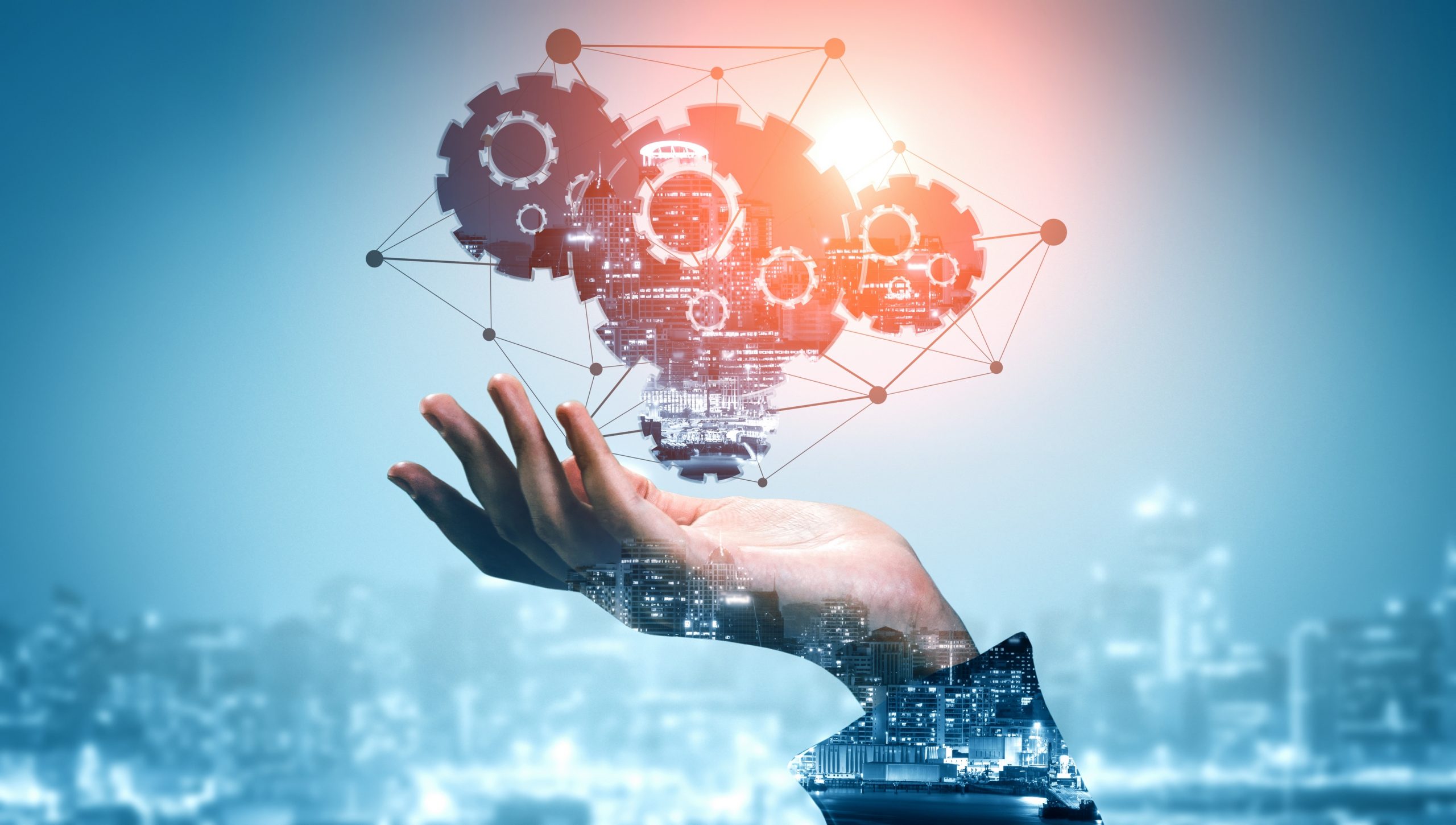Data-related processes of companies require a lot of energy. Big data compilations, storage, and other data-related activities need a reliable energy supply. Energy consumption from data centers has brought about the need to reduce carbon emission, hence, an evolution in the workflow. This evolution has brought about the intersection of data and energy.
Data centers consume energy that comes with a lot of gas emissions. This article will show you how the intersection of data and energy can transform the ecosystem.
With today’s world driven by data, businesses can attain efficiency via renewable energy. And that has seen the integration of big data and energy. Companies are now conscious of the ecosystem, so the intersection of data and energy seems to be the best solution.
Microsoft took the first leap of this evolution in 2012 with its power generation program. Eventually, data science and renewable power have since grown to excellent efficiency.
What Does the Intersection of Data and Energy Mean?
Data centers and electric companies all have obligations for sustainable and reliable energy sources. Today’s world requires a lot of data usage, data storage, and more. It is even more tedious as a ‘need for speed arises. For this reason, data-driven companies have spent resources to keep up with the demands of data science with sustainable energy.
This revolution has brought about the concept of the intersection of big data and energy. It has also ensured that companies build power plants close to their data centers to provide efficiency.
The use of renewable energy has found its relevance in many industries today—electric car manufacturing companies, sports, neuroscience, banking, etc.
Matching the massive data activities was another driving force in the intersection of data and energy. This technology assists power generation that is efficient and also safe.
Microsoft’s leap ten years ago has made sure other data-driven companies create solutions with a similar model.
So, how does the integration process work? Companies have continuously uncovered answers to questions.
The following section will talk about the concept of data and energy integration.
The Concept of The Intersection of Data and Energy
With the quest to produce safe and renewable energy, the first step was building on-site power plants and distributing the power across the data center.
This design works well in ensuring that companies avoid the breakage of power. And it also enhances the effective transmission of power. Companies can now model their power generation in a way that can prevent greenhouse gas emissions. So, what this process brings to the table is; a safe, cost-effective, renewable, and reliable energy supply.
Another dimension that this integration has brought is this; data centers can now avoid internal distribution. Data centers of big companies previously lost a lot of energy due to poor power distribution. New models and transmission designs provide a solution to this problem.
Additionally, the use of advanced IoT devices has played a massive role in how data transmission now works. This device can monitor and track data-related resources, making data collection very easy. And when data collection is easy, it brings about a better flow of harnessing energy.
So, the intersection of data and energy is vital to the way things work these days and for a few reasons.
- One of these reasons is how it solves the problem of greenhouse gas emissions.
- Also, data collection has become more efficient for companies. And renewable energy generation has played a crucial role in this evolution thus far.
The Influence of Data and Energy in Today’s Technology
Many companies consume a lot of energy due to data usage, collection, and storage. The impact of the ‘intersection of data and energy” in the World’s most prominent companies is a testament to its efficiency. Some of the most significant influences on the intersection of data and energy are;
- Microsoft
Looking at how these companies have integrated data and energy in their workflow tells you everything you need to know.
The Intersection of Data and Energy in Microsoft
Microsoft made way for the intersection of data and energy into the mainstream. Their data centers use efficient data processing software alongside reliable energy plants that ensure an effective workflow.
Over the last decade, other operators have followed the footsteps of Microsoft. The companies’ partnership with Schlumberger is evident in their ambition to make better data management and energy generation technologies.
Microsoft is also pushing to achieve 100 percent renewable energy in the next few years. Although Microsoft has made massive progress over time, they are looking to make more impact.
The Intersection of Data and Energy in Facebook
Facebook is another organization that has made huge investments in renewable energy. They have created new models for the designs of their data centers and power distributing units.
Over the years, Facebook has reduced its internal distribution losses from energy consumption by data centers. The intersection of data and energy is a crucial factor in this progress.
The company is also on the verge of a large project that involves building center in Arizona. This project could see their power 100 percent renewable energy. It would be a significant turning point for Facebook’s data management.
The Intersection of Data and Energy in Google
Google has also impacted how other operators transmit data with a sustainable energy supply. They have built technologies to create efficient data collection and avoid energy loss. Google’s use of Artificial Intelligence (AI) to control their data centers has also been very effective.
The company established a partnership with DeepMind – An AI company– to make sure that they cut energy loss at their data centers.
These famous companies seem to be the standard of producing clean energy for data centers. And the likes of Microsoft, Facebook, and Google have all taken data and energy integration to the next level.
What Does The Future Hold For The Integration of Big Data and Energy?

In a data-driven society like ours, the demand for renewable energy would inevitably rise. Big companies like Google, Apple, Microsoft, and Facebook have either completed 100 percent renewable energy or are looking to achieve this feat.
It is essential to note some of the importance of renewable energy today. Aside from enhancing the efficient operation of data centers, renewable energy can avoid gas emissions, which is a big part of human existence.
The last ten years have seen tremendous progress in creating an environment free of carbon. And the next decade also holds promises a lot with what the adoption of renewable energy would bring.
Final Thoughts
The energy that sustains data centers must be clean, reliable, and sustainable. Keeping up with a data-driven society is one thing, but protecting the environment is another thing that we should not overlook.
Over the years, solar and wind have been fantastic in producing sustainable energy for data centers. However, Artificial Intelligence can also be efficient and effective data activities that could cut energy use.
The big companies already have their mindset towards creating 100 percent renewable enable. But another issue lies in the adoption of this strategy by the global industry as protecting the ecosystem is everyone’s business. Business owners across the globe should think of collaborating with energy companies to define their data and energy consumption. And this begs the question, how fast can data centers around the world adopt the intersection of data and energy?










Comments